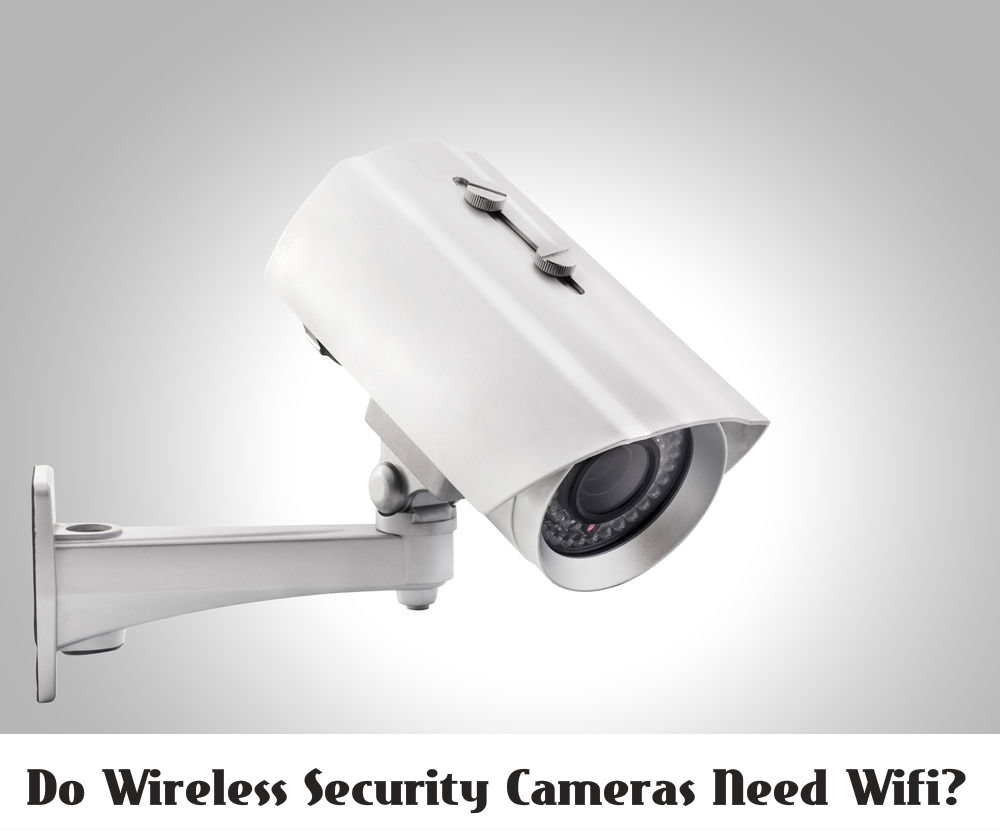One of the most dangerous things you can do when it comes to your personal security and privacy is connect to an unsecured wireless network. This includes public networks at locations like restaurants, libraries, schools and colleges and more.
Why is it so dangerous, you ask?
Without delving too far into the particulars, unsecured wireless networks are easily accessible to anyone. That means unscrupulous individuals can tap into the network to collect personal data and information that’s being transferred back and forth via the wireless connection. Yes, it can really happen.
In fact, public networks – like those found in hotels – that use a password aren’t exactly safe either. In most cases, the password is readily available and is rarely changed. Anyone who ever stayed at that hotel location can easily remember the Wi-Fi password and tap in. Even so, it’s not difficult to figure out a password with the appropriate tools.
There are some steps you can take to protect yourself, your smartphone and your personal data. Pay attention to these tips, and you’ll be a less likely target.
Turn Off Your Wi-Fi When Not In Use
If you leave your Wi-Fi enabled when you leave your home, your phone will automatically seek out nearby networks and will even connect to those available – including unsecured and public access points. If you’re not actually using your phone, turn off the Wi-Fi in the meantime. When you’re ready to connect, you can simply enable the function again and it only takes a few seconds to get up and running.
If you leave it on and your phone connects to a compromised network on its own, there’s a much greater risk to your personal data and security. You’re always better safe than sorry.
Also, if you have connected to a public access point or network before – and you visit it often – refrain from adding it to your trusted connections list. That would allow the device to connect automatically any time it is within the vicinity. You don’t want this to happen, no matter how often you use the network. You’re much safer when you know exactly what networks you’re connected to, when you’re doing it and for how long.
Use HTTPS Protocol
If for some reason you need to use a public connection to login to a personal account like your online bank account or email, then use the HTTPS protocol to do so. With an HTTPS connection, all communication sent to and coming from the server is encrypted. This is an added layer of security to protect any personal information being transferred via the connection.
Most websites have an HTTPS protocol link, and will connect automatically when necessary. To see if you’re visiting the proper address, look for the “HTTPS://” moniker in the address bar. Often, this may also be indicated by a green padlock icon next to the address bar depending on the type of device you’re using.
If you need to, you can use an application like HTTPS Everywhere to force your device to use the appropriate connection.
Use a VPN
A VPN, or Virtual Private Network, masks your local IP address and encrypts all the data you send from your device. It does this by masking your real IP with the IP of a remote server, which you basically tap into and browse from.
Many VPN services charge a fee to use their service, which will encrypt and protect your connection, but it’s worth the cost. There is a wide variety of VPN services like Witopia, LeVPN and many others that will keep your phone more secure.
Make Sure You’re up to Date
When it comes to security for mobile applications, the most important thing is to make sure all of your apps are up to date before using them on a public connection. Do this before you connect to a questionable access point, like when you’re at home or work.
In addition, when using services like banking or social apps, it’s a good idea to forego the actual app and use your browser to connect instead. This is because it’s difficult to tell whether or not the app is using a secure HTTPS connection. Again, better safe than sorry. That way, you can be sure any and all data being transferred is encrypted and secure.
Enable Two-Factor Authentication
Many services like Gmail, Twitter, Facebook and even some bank services will allow you to enable a feature called two-factor authentication. When you try to connect to the service – even with the right account name and password – it will send you a verification code to another account or device you have access to. You cannot actually access the account in question until you enter the correct verification code.
This will serve as an added layer of protection in the event someone does acquire your password and account info while you’re connected to a public network.


